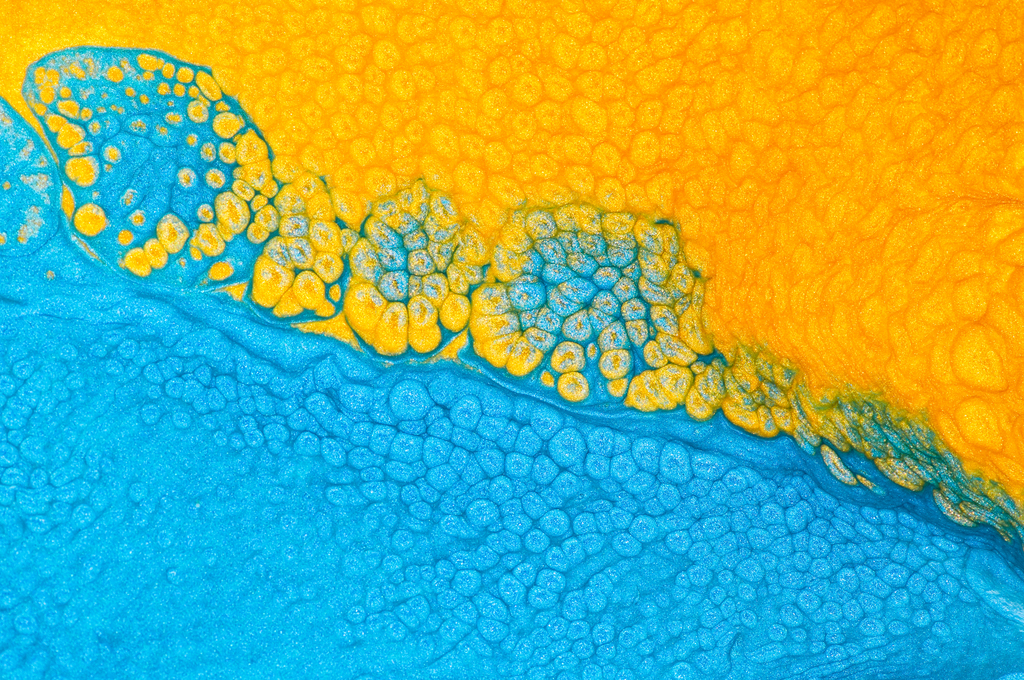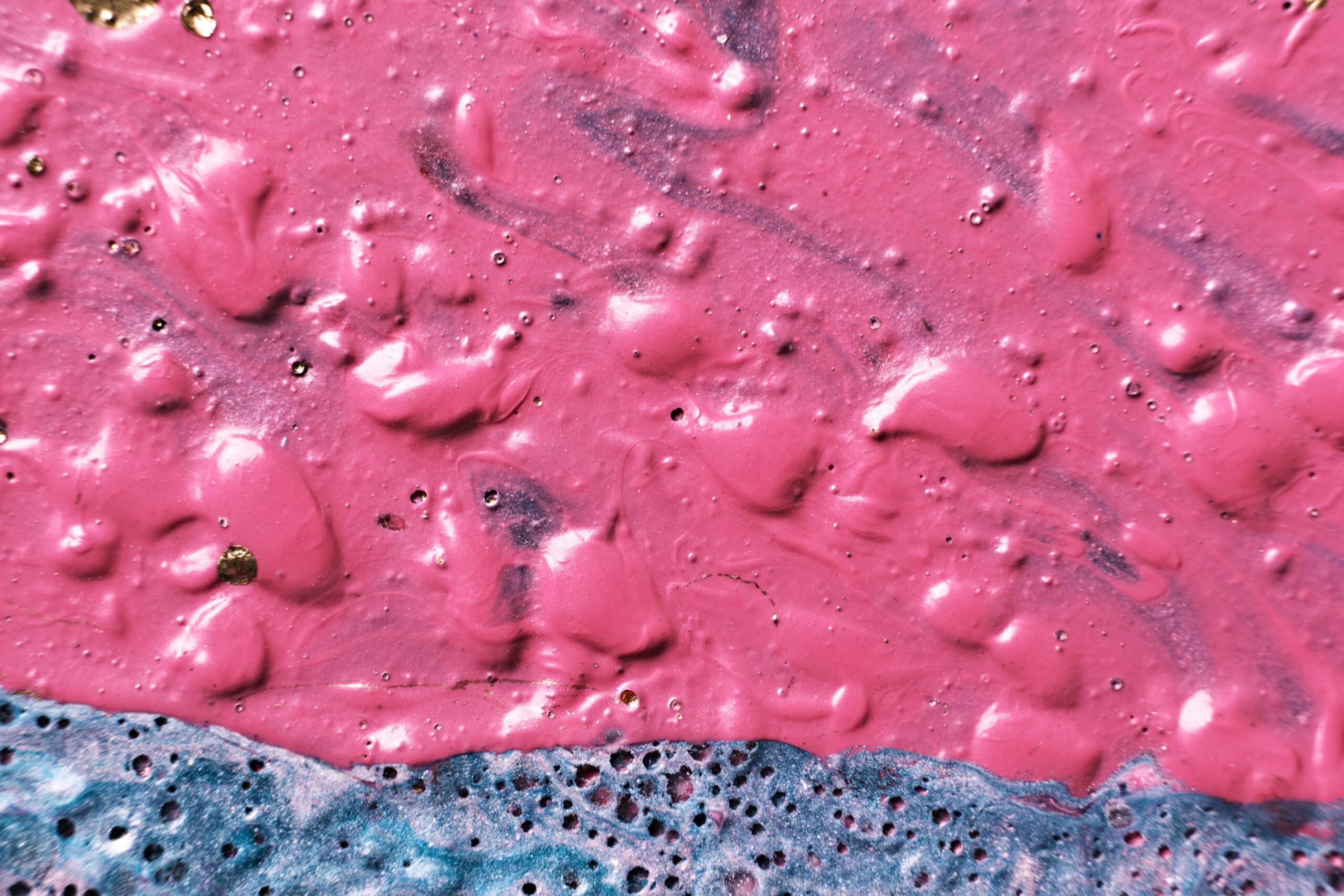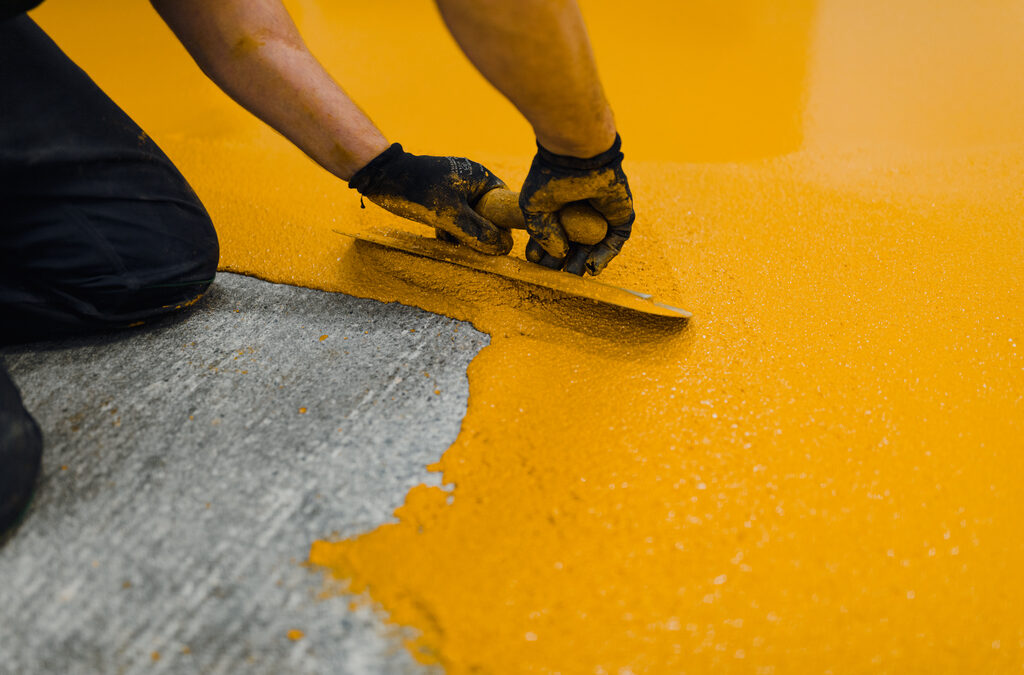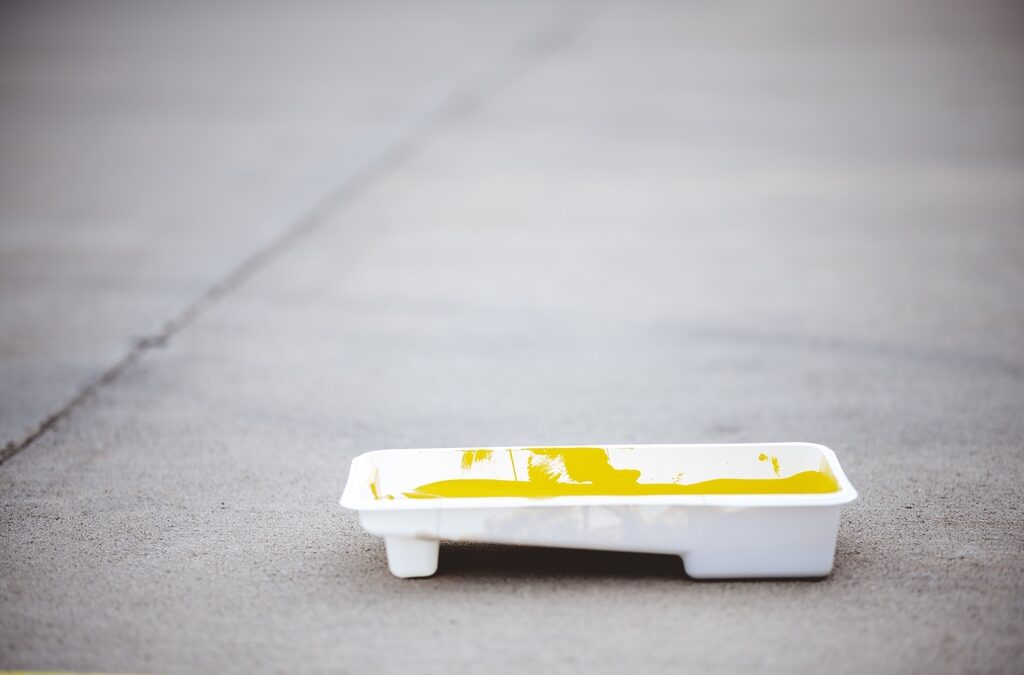Paint bubbling is a frustrating issue that many homeowners encounter. It detracts from the aesthetic appeal of your walls and can signify underlying problems. This comprehensive guide aims to unravel the mystery behind paint bubbling, exploring its causes and offering practical solutions to ensure flawless walls in your home.
What Causes Paint to Bubble?
Paint bubbling, or blistering, occurs when paint loses its adhesion to the underlying surface, forming bubbles or blisters. The primary culprits include:
- Moisture: Excess humidity or direct contact with water can undermine paint adhesion, leading to bubbling.
- Improper Surface Preparation: Failure to properly clean, sand, or prime surfaces before painting can result in poor paint adhesion.
- Environmental Conditions: Extreme heat or sunlight can cause paint to bubble as it dries too quickly or unevenly.
Understanding these factors is crucial in both preventing and addressing paint bubbling.
Preparation: The Key to Preventing Bubbling Paint
The best defense against paint bubbling is thorough preparation:
- Clean the Surface: Remove all dirt, grease, and grime to ensure paint adheres properly.
- Sand the Surface: Lightly sanding creates a smoother base and helps the paint stick better.
- Apply Primer: A quality primer can seal the surface and significantly reduce the chances of bubbling.

Solutions for Bubbling Paint
If bubbling paint mars your walls, here’s how to fix it:
- Identify and Eliminate the Moisture Source: Before any repair, address any moisture issues to prevent future bubbling.
- Scrape and Sand the Bubbled Areas: Carefully remove the bubbled paint and sand the area smooth.
- Prime and Repaint: Apply a primer designed for the specific conditions of your wall, followed by a quality paint product.
Choosing the Right Paint and Tools
Selecting the appropriate paint and tools is pivotal in avoiding paint bubbling:
- Paint Selection: Opt for high-quality paint suitable for your wall’s material and the room’s humidity level.
- Tool Selection: Use the right brushes or rollers designed for your paint type and surface texture.
Professional Tips for Flawless Painting Results
Here are some expert tips to achieve the best painting results:
- Avoid Painting in High Humidity: Paint under suitable weather conditions to ensure proper drying.
- Follow Paint Instructions: Adhere to the manufacturer’s guidelines for application and drying times.
Conclusion
Understanding the causes of paint bubbling and implementing the right solutions can transform your painting projects, resulting in a smooth, long-lasting finish. By following the steps outlined in this guide from Lifetime Painters, you can ensure flawless walls that highlight the beauty and value of your home.




